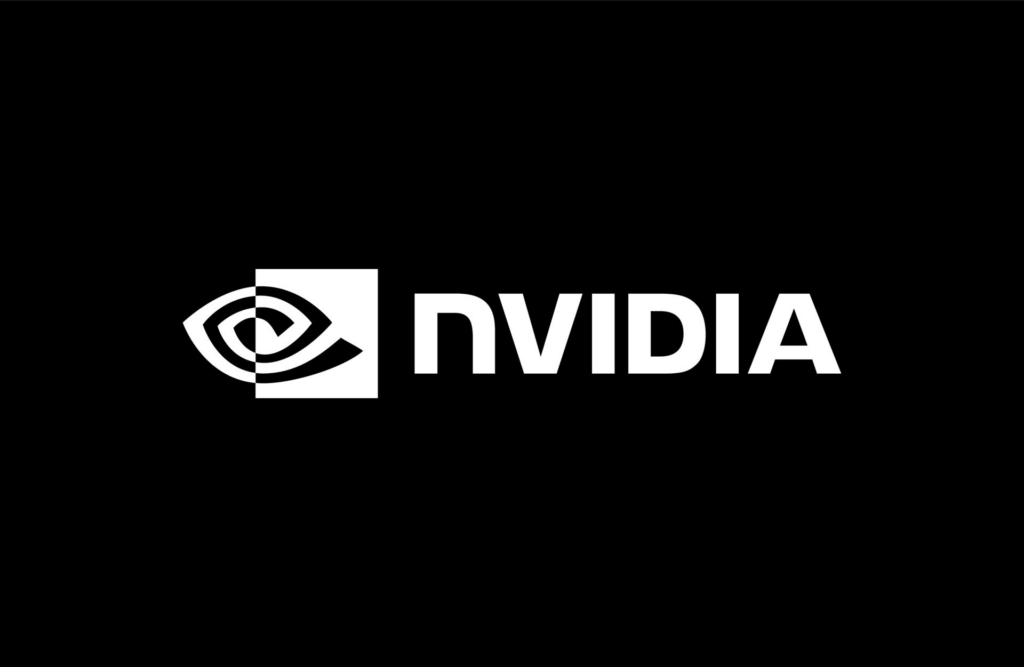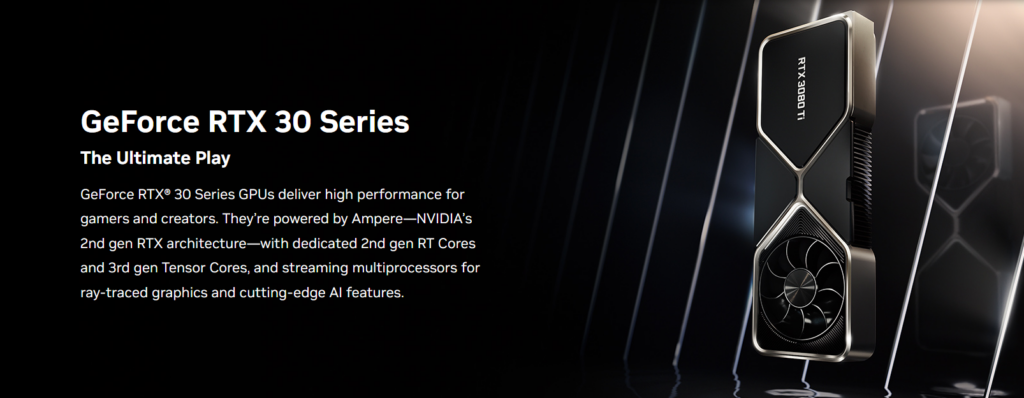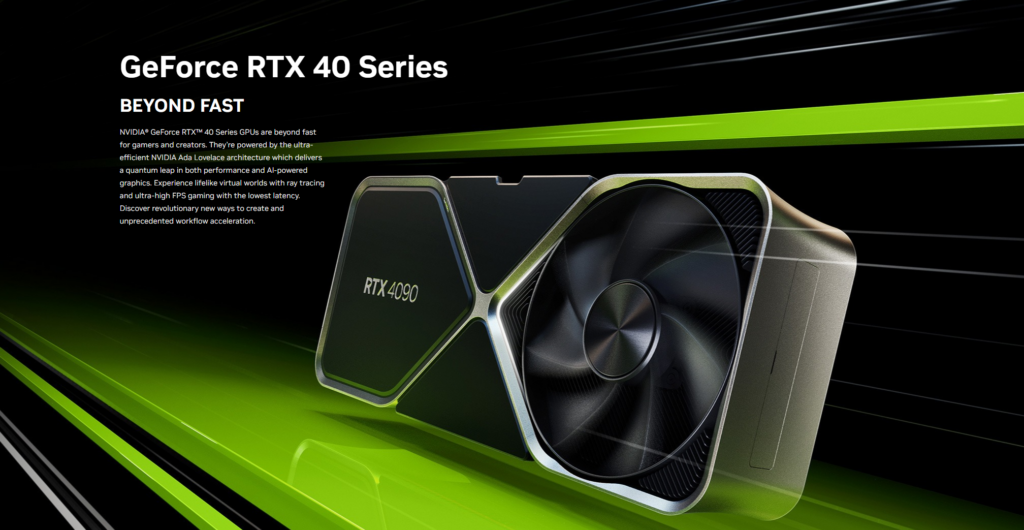Office Address
S.C Chatterjee Road - Bandel
Prantik Benepukir
IN - West Bengal
Hooghly - 712123

In the ever-evolving realm of graphics processing units (GPUs), NVIDIA, a titan in the field, has consistently demonstrated its strategic prowess. A prime example of this is the calculated shift from the Ampere GPUs to the Ada Lovelace GPUs. This transition wasn’t merely a product upgrade; it was a meticulously planned maneuver that sent ripples through the GPU market, inciting a wave of anticipation among consumers and setting the stage for the grand debut of the new Ada GPUs.
This move, while seemingly drastic, sheds light on the multifaceted strategies employed by NVIDIA. It’s a testament to the fact that every major corporation, NVIDIA included, orchestrates such tactical moves to pave the way for innovation and progress. These maneuvers, while they may cause temporary market unrest, are ultimately designed to usher in advanced technologies and elevate the industry standard.
My friend, this is business. These are greedy coprorates, not charities.

The Ampere chips, introduced in 2020, powered the RTX 3000 GPU series. These GPUs were highly sought after by gamers and AI enthusiasts alike. However, as the launch of the Ada GPUs approached, the Ampere GPUs started to be phased out. This was a strategic move by NVIDIA to manage inventory levels and make room for the new Ada GPUs.
The phasing out of the Ampere GPUs led to a scarcity in the market. This scarcity was further exacerbated by the slowing demand on the client side and the non-existent mining GPU market. Miners selling off their boards via platforms like eBay indirectly slowed client GPU sales. This created a point of desperation in the GPU market, with high-end Ampere GPUs being scalped at higher prices.

Despite the market desperation, NVIDIA launched the Ada GPUs in 2022. The Ada GPUs, based on the Ada Lovelace architecture, were met with tremendous demand, so much so that NVIDIA could not meet the demand. The Ada GPUs were uniquely positioned as they were the best graphics cards available, had no direct rivals, and had no second-hand market. I won’t insist, but you won’t regret reading my review of the RTX 4090, and yes I Own it.
Another important aspect to consider is the binning process. Binning is a sorting process in which top-performing chips are sorted from lower-performing chips. It can be used for CPUs, GPUs (graphics cards), and RAM. This process is crucial in manufacturing GPUs as it helps reduce waste and increase efficiency.
In the case of the GeForce RTX 4070, 4060 Ti, and 4060, these cards are reportedly getting a new GPU die as part of the binning process. The GeForce RTX 4070 currently utilizes the AD104 silicon, which also powers the other variants, including the GeForce RTX 4070 Super and GeForce RTX 4070 Ti. However, NVIDIA will also use the larger AD103 silicon for the GeForce RTX 4070. This silicon is significantly larger than AD104 and houses more Streaming Multiprocessors (SMs), making it a convenient way for NVIDIA to maximize its silicon inventory.
The GeForce RTX 4060 Ti currently uses the AD106 silicon. However, AD104 dies, which don’t meet the requirements of the GeForce RTX 4070, will start finding their way into the GeForce RTX 4060 Ti. Similarly, the GeForce RTX 4060, which is currently using the AD107 silicon, will soon be substituted with the AD106 silicon. This is a typical domino effect: defective silicon from the GeForce RTX 4070 goes into the GeForce RTX 4060 Ti, and what isn’t fit for the GeForce RTX 4060 Ti will end up in the GeForce RTX 4060.
As we look ahead, it’s important to consider the rumors and speculations surrounding NVIDIA’s strategic moves. The company is reportedly planning to limit the supply of its GeForce RTX 40 “Ada” GPUs in preparation for the launch of their next-generation RTX 50 “Blackwell” gaming lineup. While these rumors may seem surprising to some, it’s worth noting that such strategic shifts are not uncommon in the dynamic GPU market.
These shifts can be seen as a practical way of strategic marketing. By creating a sense of scarcity and desperation in the market, companies like NVIDIA can psychologically create demand for their products. This strategy ensures that consumers see value in their high-quality SKUs, rather than settling for mid-tier GPUs that may not meet their needs.
In conclusion, the shifts in NVIDIA’s GPU offerings, from Ampere to Ada and now potentially to Blackwell, are part of a larger strategic marketing plan. These shifts, while causing temporary market desperation, ultimately pave the way for the introduction of new and improved GPUs. As we look ahead, it will be interesting to see how the market responds to the launch of the Blackwell GPUs and the dynamics that unfold.